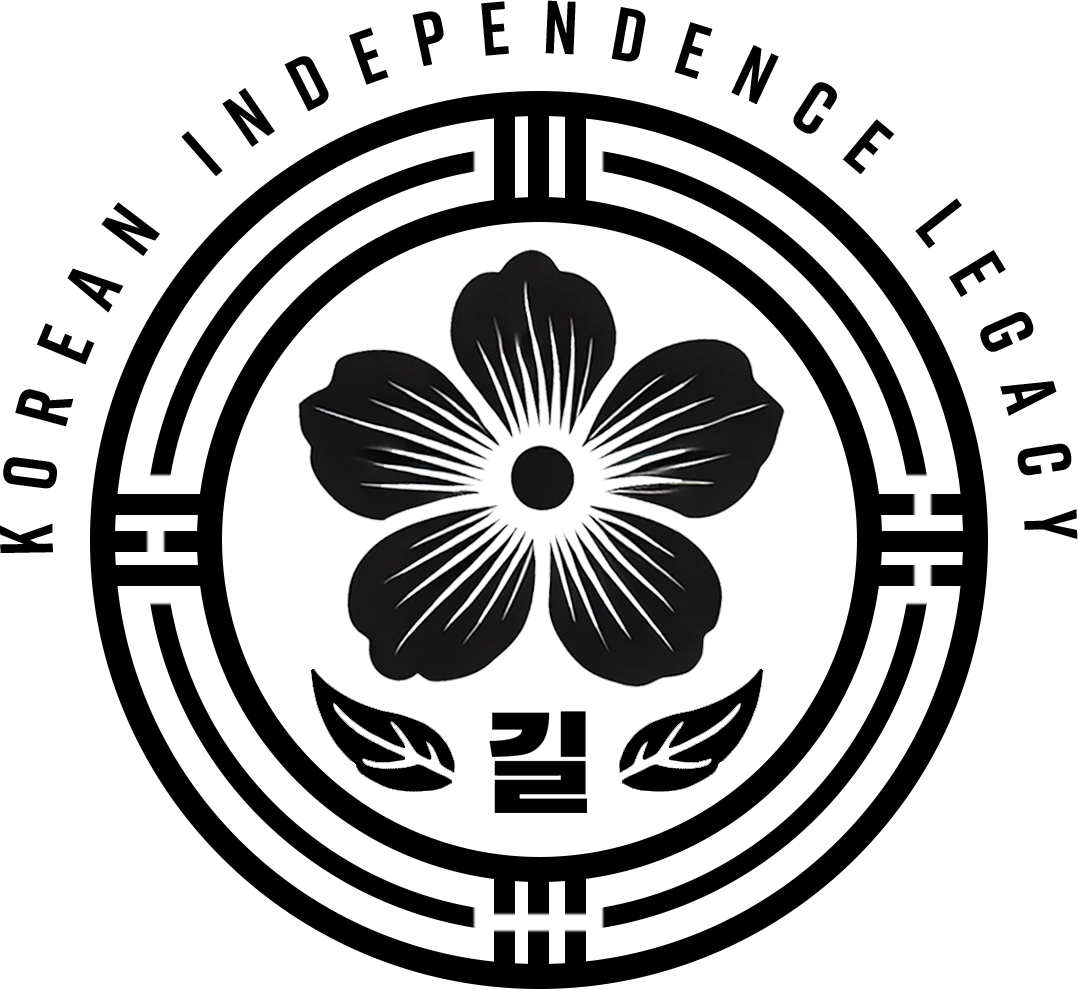Lee Jai Soo(이재수)
Patron of Korean Aviation: In 1920, Lee Jai Soo(이재수) helped establish the Korean Aviation School in Willows, California, alongside notable figures like No Baek-rin and Kim Jong-rim. He served as a financial officer for the school and later supported young Korean cadets—like Gwak Rim-dae and Choi Yoon-ho—who studied military science in Kentucky to prepare for Korea’s future defense.
The Story of Jai Soo Lee: A Korean Patriot in America
Jai Soo Lee (이재수) was born on October 21, 1876, in Seoul, Korea, and spent part of his early life in Seomyeon, Ganghwa-do. At the turn of the 20th century, like many Koreans seeking opportunity and escape from a difficult homeland, Lee boarded a ship to Hawaii as a laborer in 1903. He worked on sugar plantations briefly before moving to the mainland United States, where he worked on major railroad lines cutting through the American West.
It was there, in the rugged landscapes of Wyoming and Utah, that Jai Soo Lee’s leadership qualities became unmistakably clear. He not only labored alongside other Korean immigrants, but organized them into a cohesive and reliable workforce, earning the respect of foremen and labor bosses alike. The Korean workers under his guidance became so well known that they were called “Lee Jai Soo’s gang.” In a foreign land, he created community, dignity, and solidarity among displaced people—laying down more than tracks; he laid the foundation for collective strength.
Eventually settling in California, Lee made his home in the farming town of Maxwell. There, he became a respected rice farmer and developed an innovative method for gauging proper water levels for growing rice in Northern California’s climate. He and his wife, Jai Sun, raised five children—David, Harry, Mabel, Helen, and Mary—with a deep sense of responsibility to both their American community and their Korean roots.
But behind the quiet life of farming and family, Jai Soo Lee lived with a fierce, unwavering commitment to Korean independence. Long before Japan officially colonized Korea in 1910, Lee recognized the looming threat to his homeland. He became a founding member of the Public Association (공립협회) in 1905, organized by fellow independence leader Ahn Changho, and was actively involved in the Korean immigrant community’s political work in San Francisco, Salt Lake City, and Los Angeles. He served in various roles—police officer, chapter president, event host—and consistently gave his time and resources to the cause.
In 1907, just before Ahn Changho returned to Korea to secretly establish the independence organization Shinminhoe (신민회), Lee joined as one of its earliest members and helped draft its founding documents. He supported legal defense efforts in the wake of Jang In-hwan’s assassination of pro-Japanese figure Durham Stevens and was one of the 31 founding members of the Asia Industrial Company, which aimed to strengthen Korea economically as part of the liberation movement.
One of Lee’s most enduring legacies came in 1920, when he helped establish the Korean Aviation School in Willows, California, created to train pilots for the Provisional Government of the Republic of Korea, then in exile in Shanghai. Lee served as treasurer and continued to financially support the school even after it closed just over a year later. That school became the symbolic predecessor of the modern Republic of Korea Air Force.
He also quietly supported other acts of resistance against Japan. Alongside other Korean patriots, Lee helped fund the Battle of Qingshanli in 1920 and the 1932 Hongkou Park bombing, which targeted Japanese military leadership in Shanghai. He assisted younger generations of Koreans studying military science in the United States and gave generously to Korean schools, immigrant communities in Mexico, and victims of disasters back home.
In the 1940s, Lee’s activism evolved with the times. As World War II drew to a close and the Japanese empire crumbled, Lee began thinking about Korea’s reconstruction, not just its liberation.
In 1943, he became an active supporter and contributor to The Independence (독립)—a progressive Korean-language newspaper launched by Korean Americans who were members of the North American branch of the Korean National Revolutionary Party (민족혁명당 북미총지부). He not only provided financial backing but began writing directly for the publication.
His writings, increasingly progressive and pro-unification in tone, reflected skepticism toward right-wing Korean leadership, particularly Syngman Rhee, and expressed hopes for a just, independent, and inclusive Korean government. His views aligned more closely with left-leaning, nationalist leaders advocating for a unified Korean state—free from both Japanese colonization and external domination.
In December 1949, four years after Korea’s liberation, Lee wrote a manifesto to his children, encouraging them to embrace democracy and be loyal to America, while also urging them to contribute to the rebuilding of Korea through science, education, and humanity.
He passed away in 1956, without fanfare. For decades, even many in his own family did not know the full scope of his contributions. As his daughter Mary Louie later said, “We really didn’t know anything about it because he didn’t talk about it… it was always something of a mystery.”
That mystery was finally brought to light in 2019, when the Korean government repatriated the remains of Jai Soo Lee and his wife. Their ashes were returned to Korea and interred with full honors at Daejeon National Cemetery, where they now rest among Korean independence fighters and national heroes.
Today, Jai Soo Lee is remembered as more than a farmer or an immigrant. He was an organizer, a donor, a dreamer, and a builder. He saw a free Korea long before it existed and helped make that vision possible—not through grand speeches or battles, but through tireless action, deep conviction, and an unshakable belief in his people’s future.
